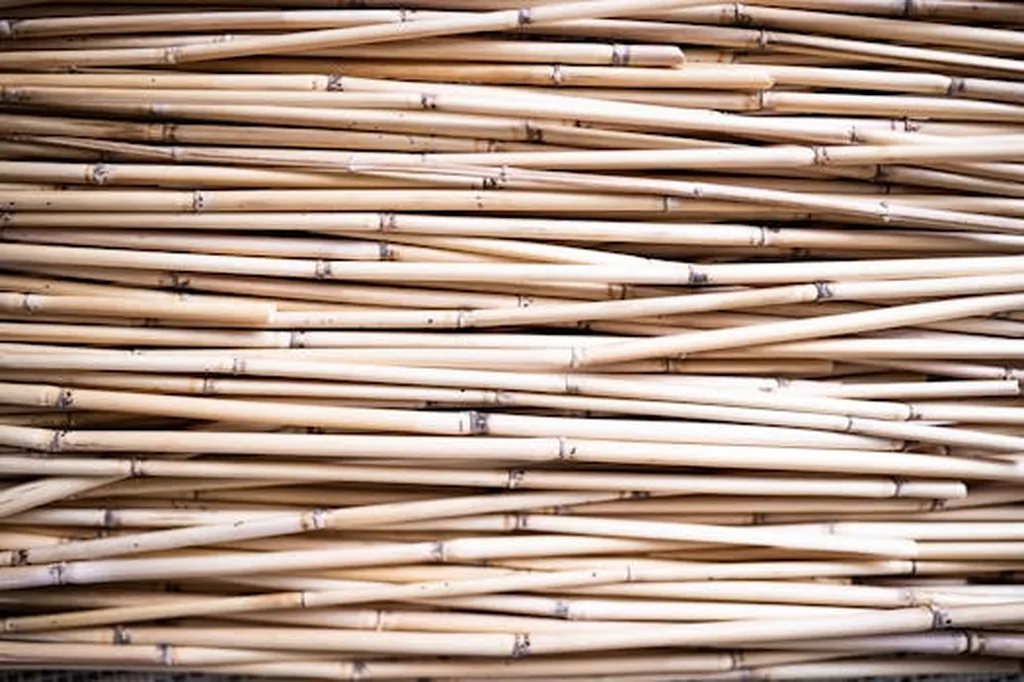In the quest for sustainable construction materials, a team of researchers led by Prem Kumar Vagestan from the Faculty of Engineering and Technology at Villa College QI Campus has made a significant breakthrough. Their study, published in the journal *Scientific Reports* (which translates to *Nature Research Reports* in English), explores the potential of bamboo fiber and bamboo stem ash as eco-friendly alternatives to traditional construction materials.
The research comes at a critical time, as rapid population growth in developing countries has intensified the demand for adequate housing. Traditional construction materials, while effective, come with a substantial environmental cost, particularly in terms of carbon dioxide emissions. “The overuse of conventional materials is not sustainable,” Vagestan explains. “We need to explore alternatives that are both environmentally friendly and economically viable.”
The study focused on replacing Ordinary Portland Cement (OPC) in mortar with bamboo stem ash and alkali-treated bamboo fibers. By using the Taguchi method—a statistical approach to optimize experimental parameters—the researchers developed various mix ratios and analyzed their performance. The results were validated through analysis of variance (ANOVA), microstructural observations, and energy efficiency evaluations.
The findings are promising. The optimized mixes showed a remarkable increase in compressive strength of up to 98.42% and flexural strength gains of up to 24%. Additionally, the dry density of the mortar decreased by 21.7%, and water absorption was limited to 1.52%. These improvements suggest that bamboo-reinforced mortar could be a viable alternative to conventional materials.
The implications for the construction industry are substantial. “This research opens up new possibilities for sustainable construction,” Vagestan notes. “By incorporating bamboo fibers and ash into mortar, we can reduce our reliance on traditional materials and lower our carbon footprint.”
The study also highlights the potential for commercial applications. The optimized mixes could be used to create sustainable bamboo-reinforced wall panels, offering a cost-effective and eco-friendly solution for housing projects. This could be particularly beneficial in developing countries where the demand for affordable housing is high.
The research not only provides a practical solution but also sets a precedent for future studies. The Taguchi technique used in this study proved to be an efficient method for evaluating the characteristics of bamboo-reinforced mortar. This approach could be applied to other sustainable materials, paving the way for further innovations in the field.
As the construction industry continues to evolve, the need for sustainable materials will only grow. This research offers a glimpse into the future of construction, where eco-friendly materials and innovative techniques come together to create a more sustainable built environment.

